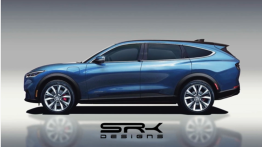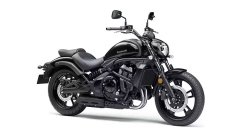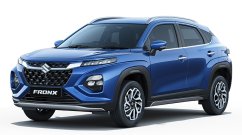Ford India has debuted the 'Dragon' 1.5-litre Ti-VCT, three-cylinder petrol engine in India. This engine will be offered first in the 2018 Ford EcoSport this year.
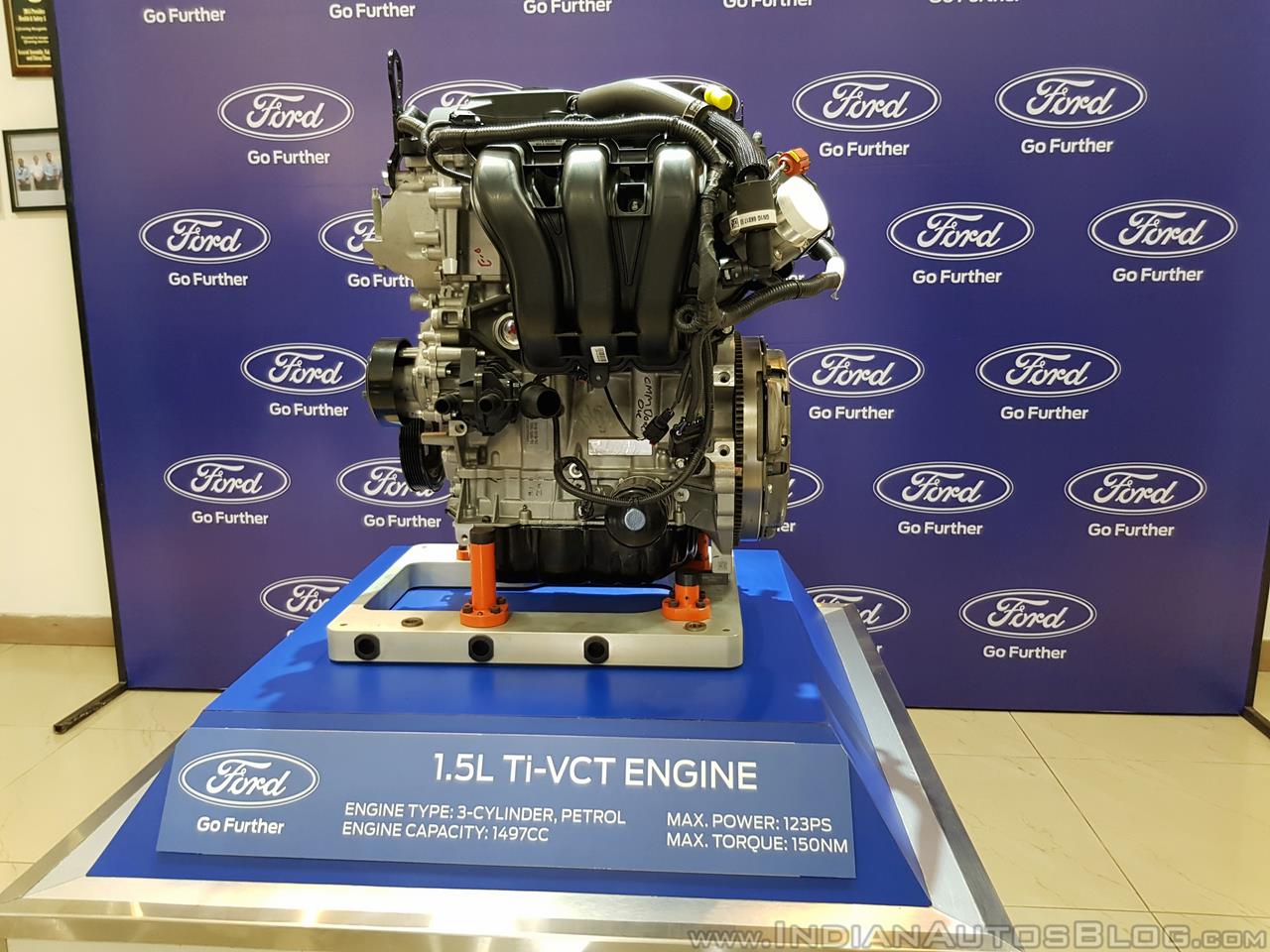
“Ford’s promise to give the power of choice to consumers in India today is not just limited to the world-class product portfolio. We are proud to offer some of the most efficient, and advanced powertrains - ranging from 1.0 Litre EcoBoost to 5.0 Litre V8,” said Anurag Mehrotra, president and managing director of Ford India. “With India taking the lead in producing our new, highly advanced petrol engines, we remain committed to making in India and bring products and technologies that Indian customers want and value,” added Mr. Mehrotra.
This new engine is a 1.5-litre naturally aspirated three-cylinder petrol unit. It is equipped with technical solutions for improved performance and efficiency while reducing size, weight and friction. The new 1.5-litre Ti-VCT engine will stay true to Ford’s DNA of being fun-to-drive while delivering improved fuel efficiency and a lower carbon footprint, claims the company. The Ti-VCT (Twin independent Variable Camshaft Timing) system on the new engine allows each intake and exhaust cam to function independently of each other as the operating conditions change. This helps in delivering faster throttle response and better fuel efficiency.
The bore and stroke ratios of the engine have been optimised to produce higher torque at lower engine speeds. a , according to Ford, will lead to a more enjoyable and agile drive in city traffic. The engine produces 123 PS of peak power and 150 Nm of torque. It will be mated to either a 5-speed manual or a 6-speed automatic transmission. Along with improved performance and fuel efficiency, the all-new 1.5-litre Ti-VCT engine offers a 7% reduction in CO2 emissions. The downsizing of the engine from four to three cylinders has resulted in an overall 10% reduction in volume along with decrease in weight and lower friction.
The engine block and the cylinder are made from aluminium which contributes to substantial weight reduction and better fuel economy. The exhaust manifold is integrated into the cylinder head and helps to heat up the catalyst faster, decreasing emissions. The variable oil pump can operate at a lower pressure at slower speeds with reduced friction loss, providing higher fuel economy. The engine also includes other optimised measures for better fuel efficiency such as Crankshaft off-set from cylinder centre line, Centered spark plugs and Coil-on-plug system. It has also been fine-tuned to deliver a quieter, smoother and more relaxing experience for occupants, says Ford.
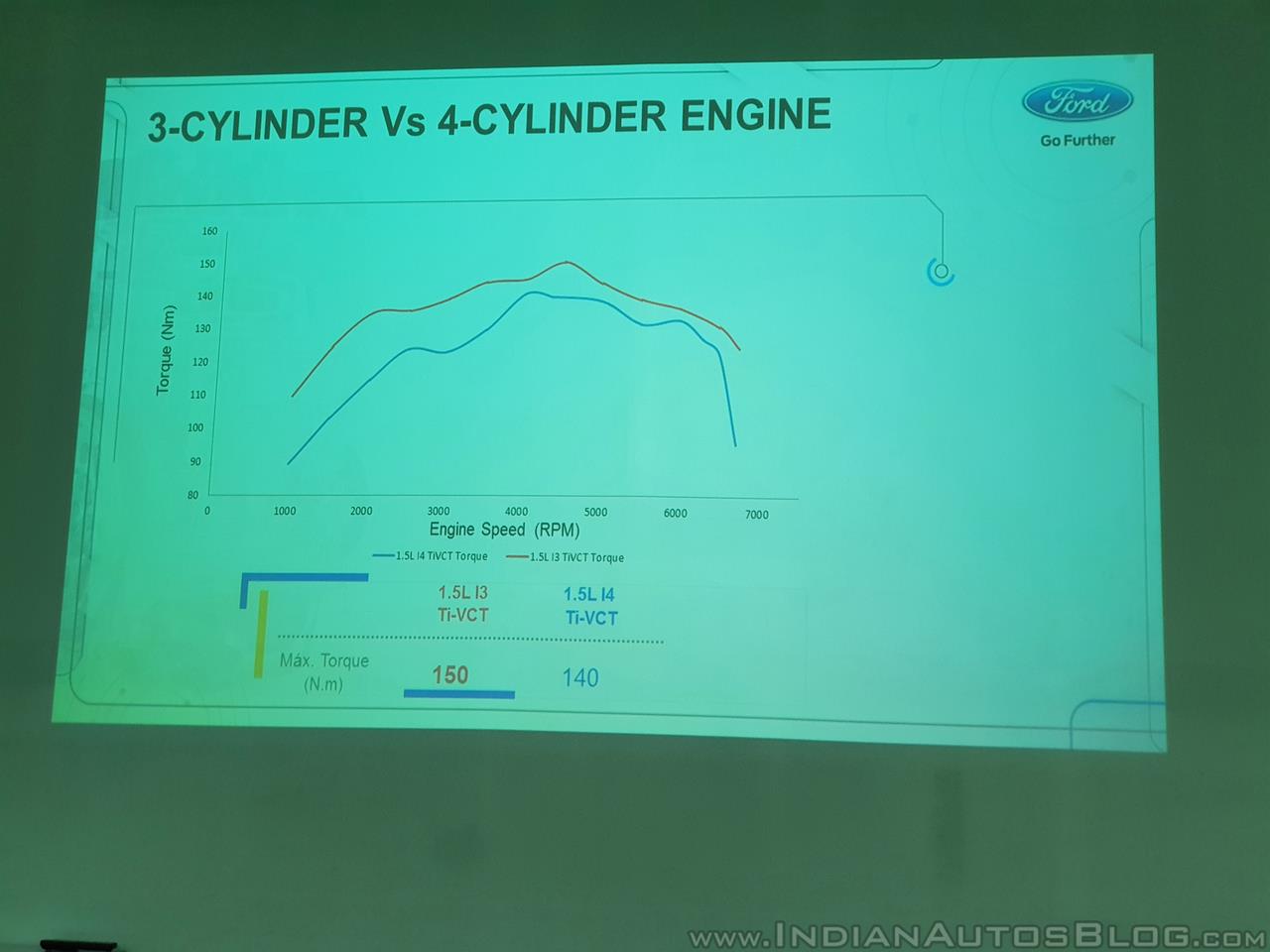
Also See: Euro-spec 2018 Ford Mustang GT showcased at IAA 2017 – Live
The new 1.5-litre Ti-VCT engine’s balance shaft is supported by hydrodynamic bearings and works to eliminate natural first-order vibrations typical in standard three-cylinder engines. A belt-in oil primary drive system contributes to further reductions in both noise and friction. Other NVH improvements include Acoustic-isolation system and Valve actuation system with hydraulic lash adjusters and roller finger followers.
The new 1.5-litre Ti-VCT engine is manufactured at Ford’s factory in Sanand, Gujarat. The plant is responsible for supplying the new engine for domestic and exports. The engine has more than 80% parts sourced from Indian suppliers.
'Dragon' 1.5-litre Ti-VCT engine - Specifications
| Engine | Ford 1.5L Ti-VCT Petrol Engine |
| No. of cylinders w/ Compression Ratio | 3 Inline Cylinders / 11:1 Ratio |
| Displacement, cc | 1497 cc |
| Max. Engine output, PS (kW) @ rpm | 123 PS / 90.5kW @ 6500 rpm |
| Max. Torque, Nm @ rpm | 150 Nm @ 4500 rpm |











